Assistive Medical Devices: Empowering Independence for Patients with Disabilities
Assistive medical devices play a crucial role in enhancing the quality of life for individuals with disabilities, enabling them to live more independently, maintain dignity, and participate in daily activities. These devices range from basic tools like canes and walkers to advanced technologies such as powered wheelchairs and communication aids. The evolution of assistive technology has had a profound impact on healthcare, offering greater autonomy and reducing dependence on caregivers. In this blog, we’ll explore different types of assistive devices and how they empower patients with disabilities.
1. Mobility Aids: Facilitating Movement and Freedom
One of the most well-known categories of assistive devices is mobility aids. These tools help individuals move around more freely and can dramatically improve physical autonomy. Some common mobility aids include:
- Wheelchairs (manual and powered): Wheelchairs provide mobility for individuals who cannot walk or have limited mobility. Powered wheelchairs are equipped with electric motors, allowing for greater independence, especially for those with limited upper body strength.
- Walkers, Crutches, and Canes: These aids assist patients with limited balance or strength, helping them move around more safely and comfortably.
- Prosthetics: Advanced prosthetic limbs can now mimic natural movement, providing individuals with missing limbs greater functionality and independence.
2. Hearing Aids: Restoring Communication and Connection
Hearing loss can be isolating, but modern hearing aids offer a solution by improving auditory function. These small electronic devices amplify sound and enable clearer communication, helping individuals with hearing impairments engage in conversations, work, and social activities.
Technological advancements in hearing aids have also led to features such as noise cancellation, Bluetooth connectivity, and rechargeable batteries, making them more effective and convenient than ever before.
3. Visual Aids: Enhancing Independence for the Visually Impaired
For patients with vision impairments, assistive devices can make a significant difference. Tools such as magnifiers, screen readers, and specialized computer software allow individuals with limited or no vision to read, write, and navigate the digital world independently.
- Braille Displays: These tactile devices translate text into braille, allowing visually impaired individuals to read in real time.
- Screen Readers: Programs like JAWS (Job Access With Speech) help blind individuals navigate computers by reading text aloud or converting it to braille.
- Magnification Devices: These are designed to enlarge text and images, making it easier for people with low vision to read printed materials and use digital devices.
4. Communication Devices: Bridging the Gap for Non-Verbal Individuals
Communication devices are essential for individuals who struggle with speech or language impairments. These devices include speech-generating devices (SGDs) and apps that allow users to communicate by selecting images, symbols, or words on a touchscreen, which are then spoken aloud by the device. These tools are particularly useful for individuals with conditions such as autism, cerebral palsy, or aphasia.
- Augmentative and Alternative Communication (AAC) devices: These tools help individuals express themselves, enabling them to communicate more effectively with others.
- Text-to-Speech Devices: These devices convert written text into spoken words, allowing individuals with speech impairments to participate in conversations.
5. Environmental Control Systems: Independence at Home
Environmental control systems (ECS) allow individuals with physical limitations to control their surroundings. These systems often integrate with smart home technology to help patients manage lights, doors, televisions, thermostats, and other home appliances using switches, voice commands, or adaptive controls. By giving users control over their environment, ECS provides a sense of independence that can significantly improve quality of life.
6. Robotic Exoskeletons: Breaking Barriers in Mobility
In recent years, robotic exoskeletons have emerged as groundbreaking devices for individuals with mobility challenges. These wearable robotic suits provide support and enhance mobility for individuals with paralysis or muscle weakness, allowing them to stand, walk, and perform physical activities that would otherwise be impossible.
While still relatively new and expensive, exoskeletons hold enormous potential for patients recovering from strokes or spinal cord injuries and could transform the field of rehabilitation.
7. Cognitive Aids: Supporting Mental Functioning
Cognitive aids help individuals with memory or thinking impairments stay organized and manage daily tasks. For example, apps and devices can remind users to take medications, track appointments, or even provide step-by-step guidance for complex activities.
Individuals with cognitive disabilities due to conditions such as Alzheimer’s disease, dementia, or brain injury can benefit from these devices, enabling them to live more independently.
Conclusion: Empowering Lives with Assistive Devices
Assistive medical devices have the power to drastically enhance the independence, confidence, and quality of life for individuals with disabilities. Whether through mobility aids, communication tools, or cutting-edge robotic exoskeletons, these devices play an essential role in fostering autonomy and allowing patients to lead more fulfilling lives. As technology continues to advance, we can expect even more innovative solutions that empower patients and promote inclusivity in healthcare.
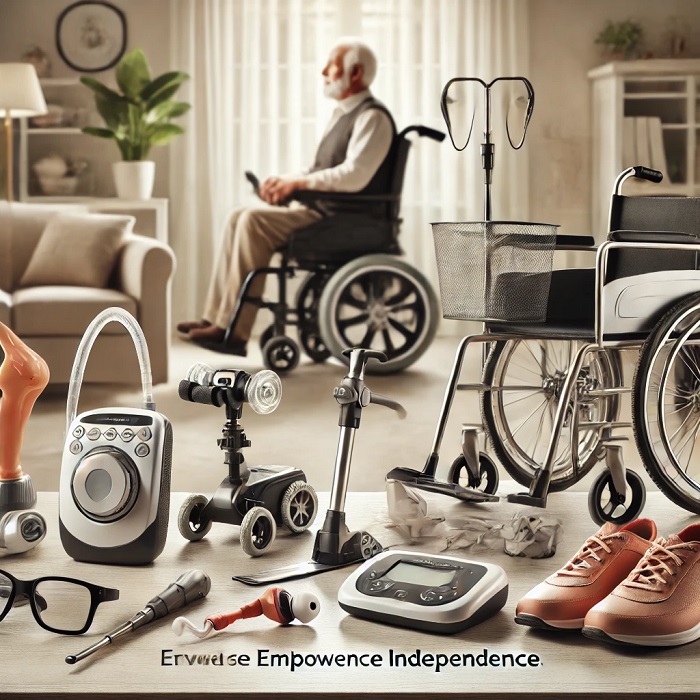
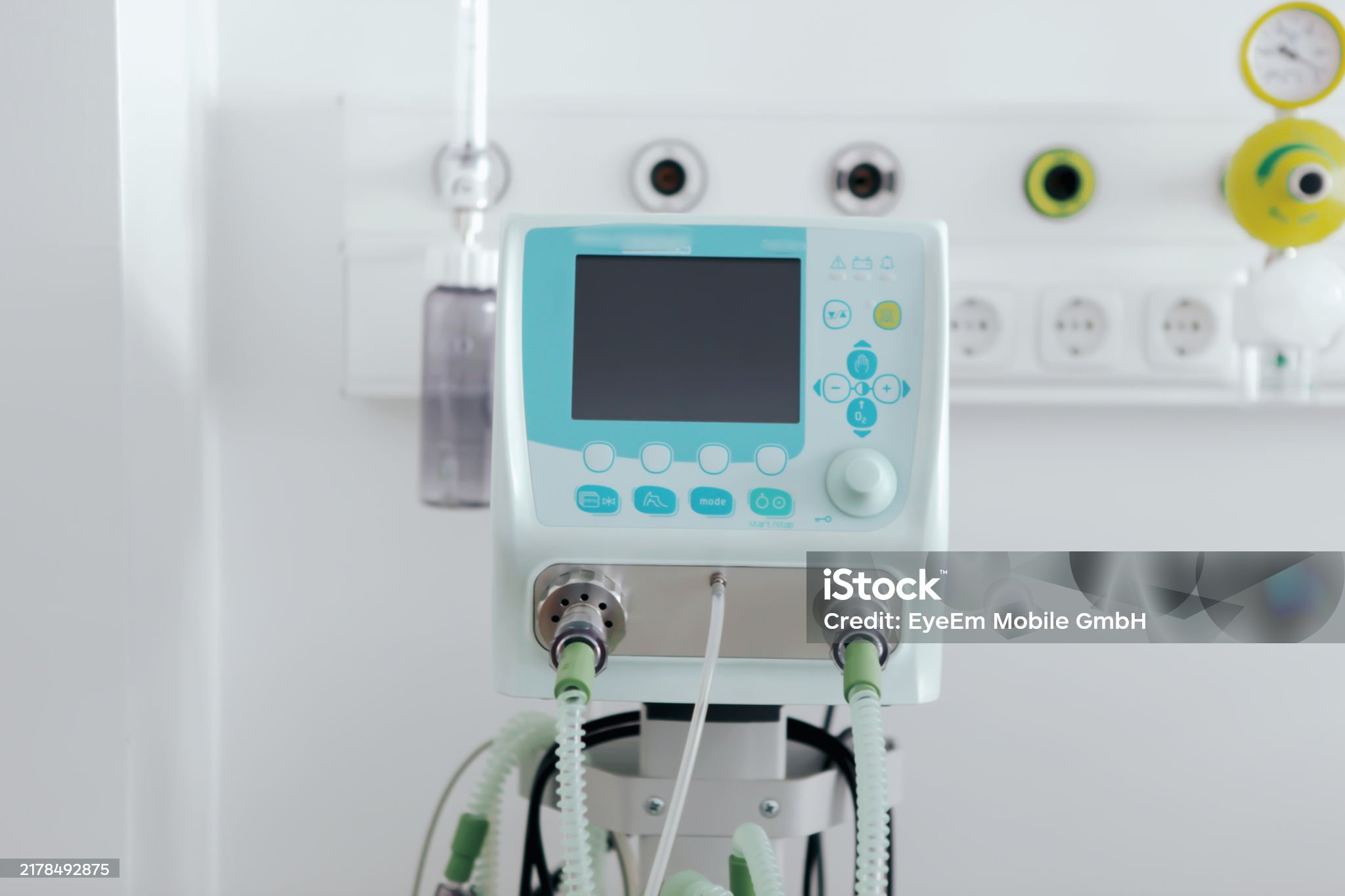
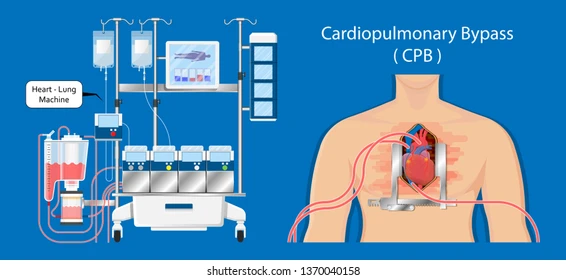

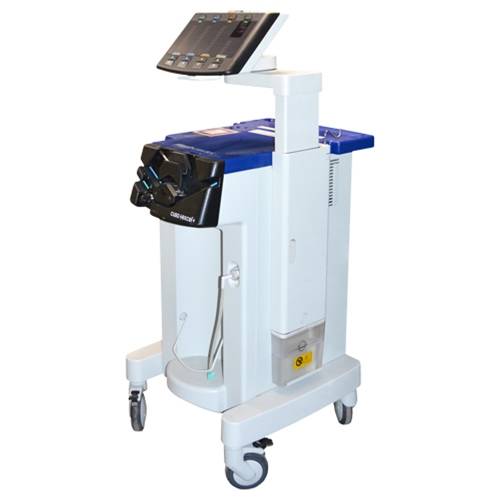
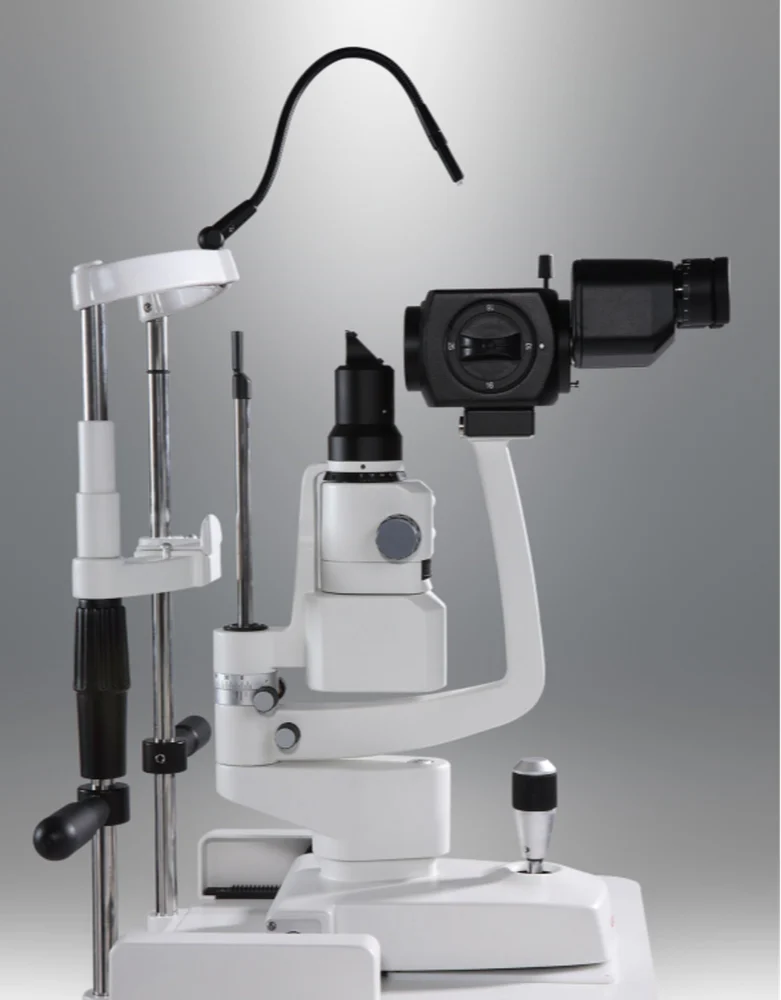
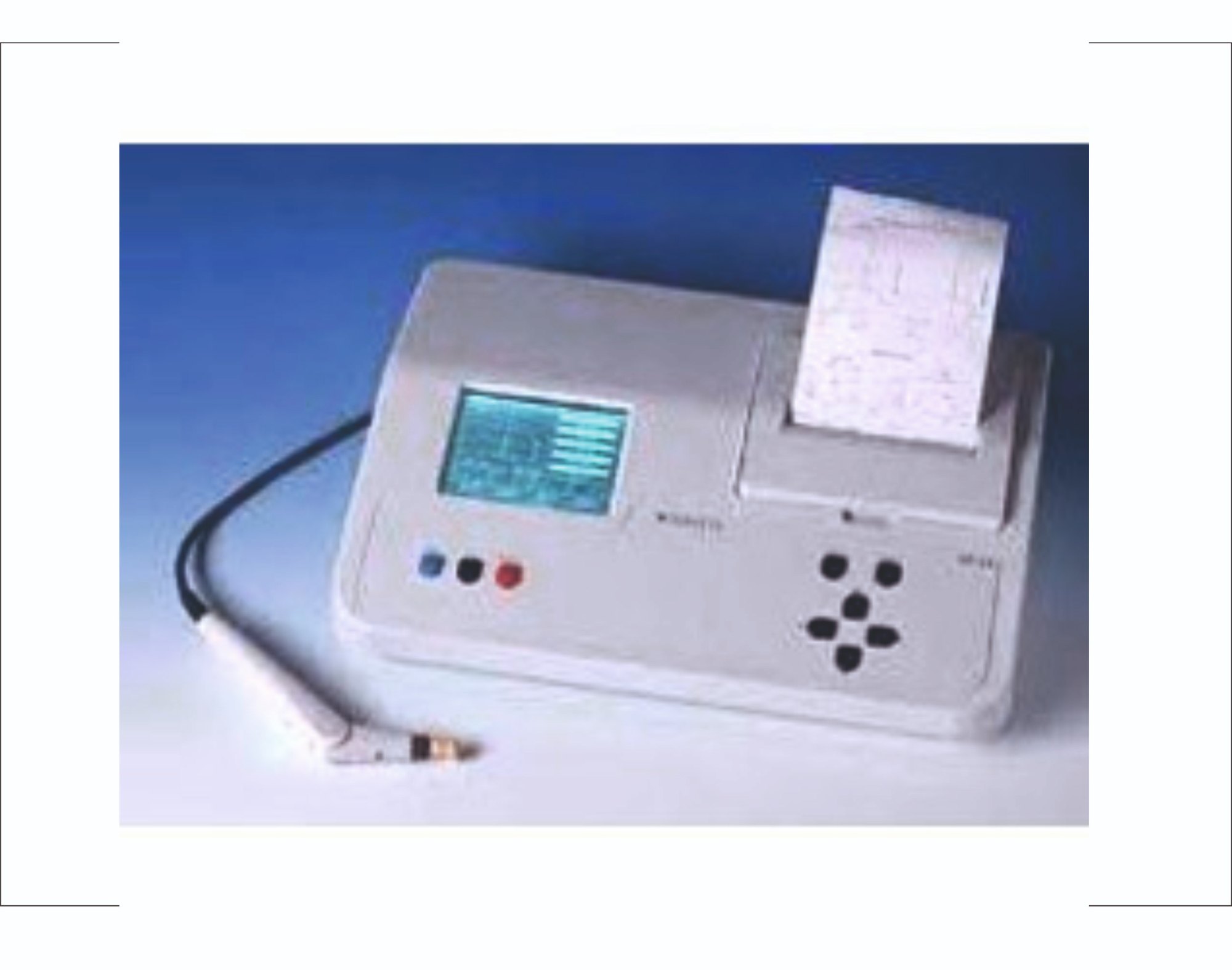
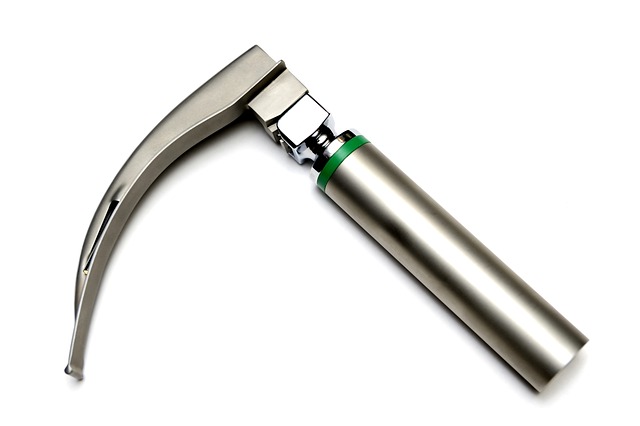

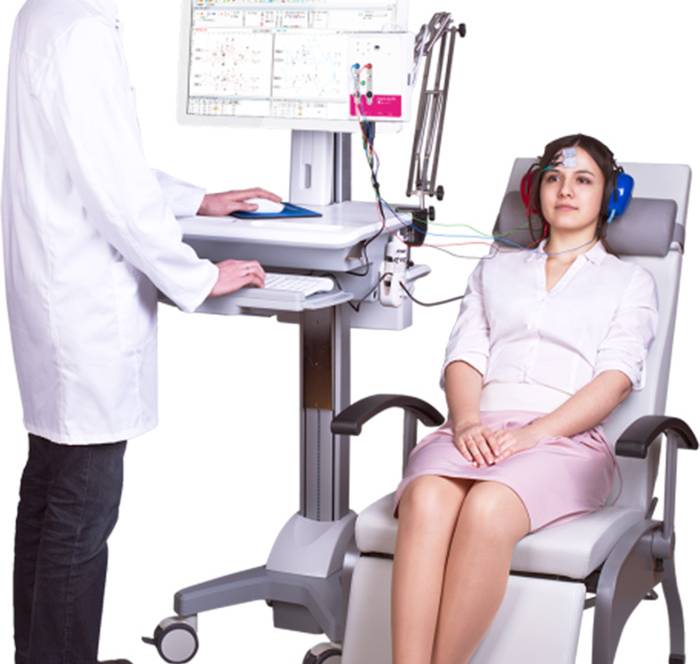
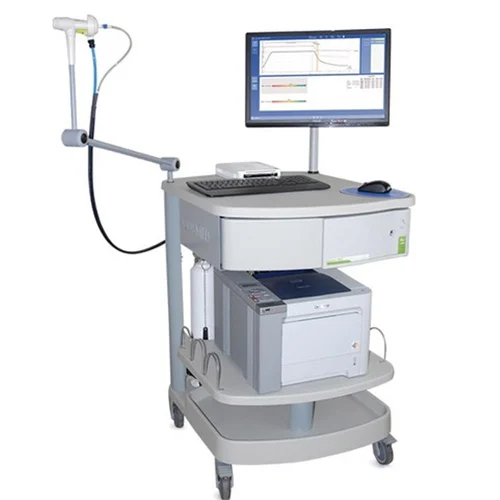


Leave a Reply